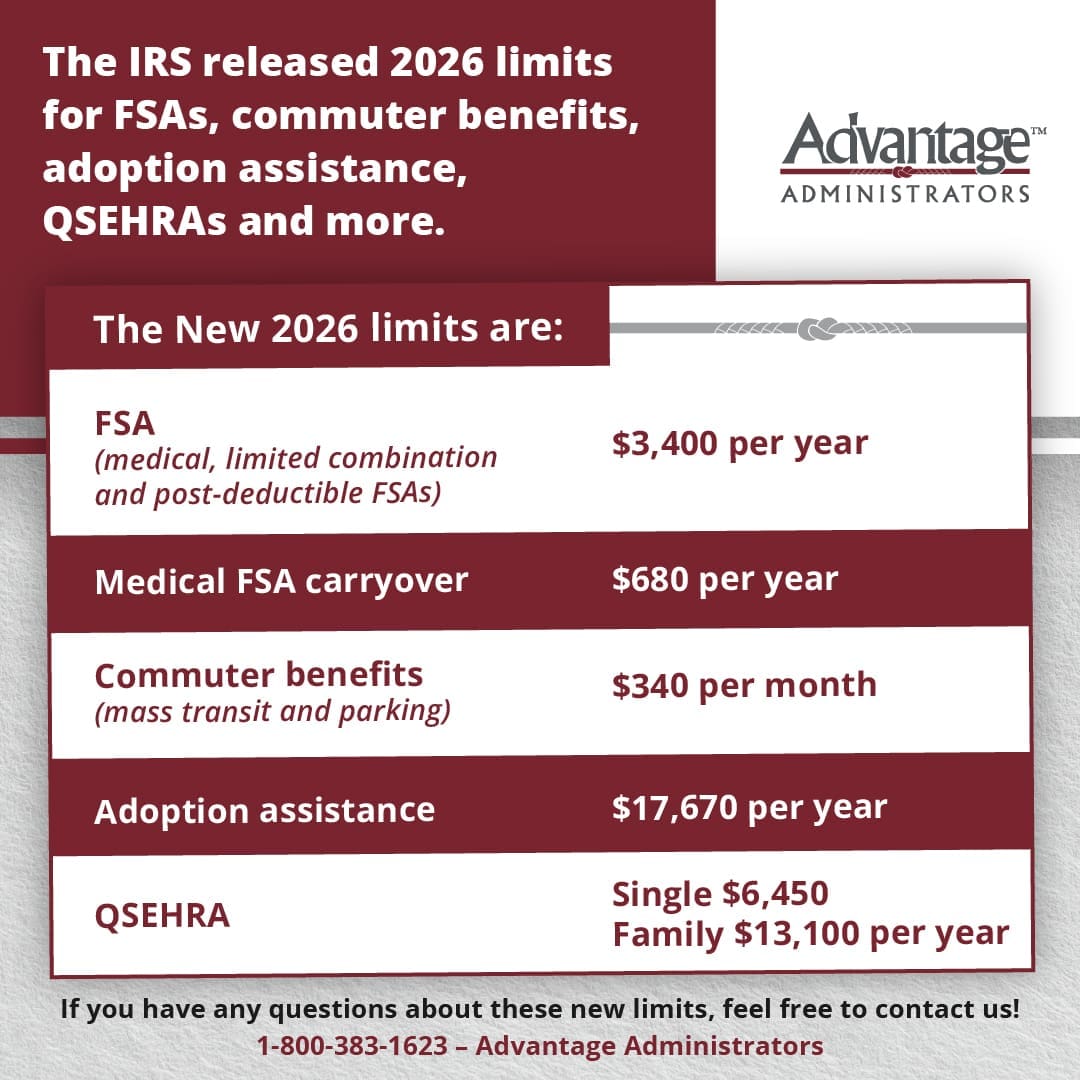
Winter Eligible Expenses for Your HSA and FSA Funds
For many, winter is as synonymous with snowflakes as it is with sinus problems. Fortunately, health savings accounts (HSAs) and flexible spending accounts (FSAs) cover many common winter eligible expenses you might turn to this time of year! We’ve compiled a few common seasonal issues and eligible expenses that can help. Dry nasal passages...









 Flex Plans
Flex Plans Forms
Forms HSA
HSA HRA
HRA Retirement
Retirement Health Shopper
Health Shopper FSA Store
FSA Store